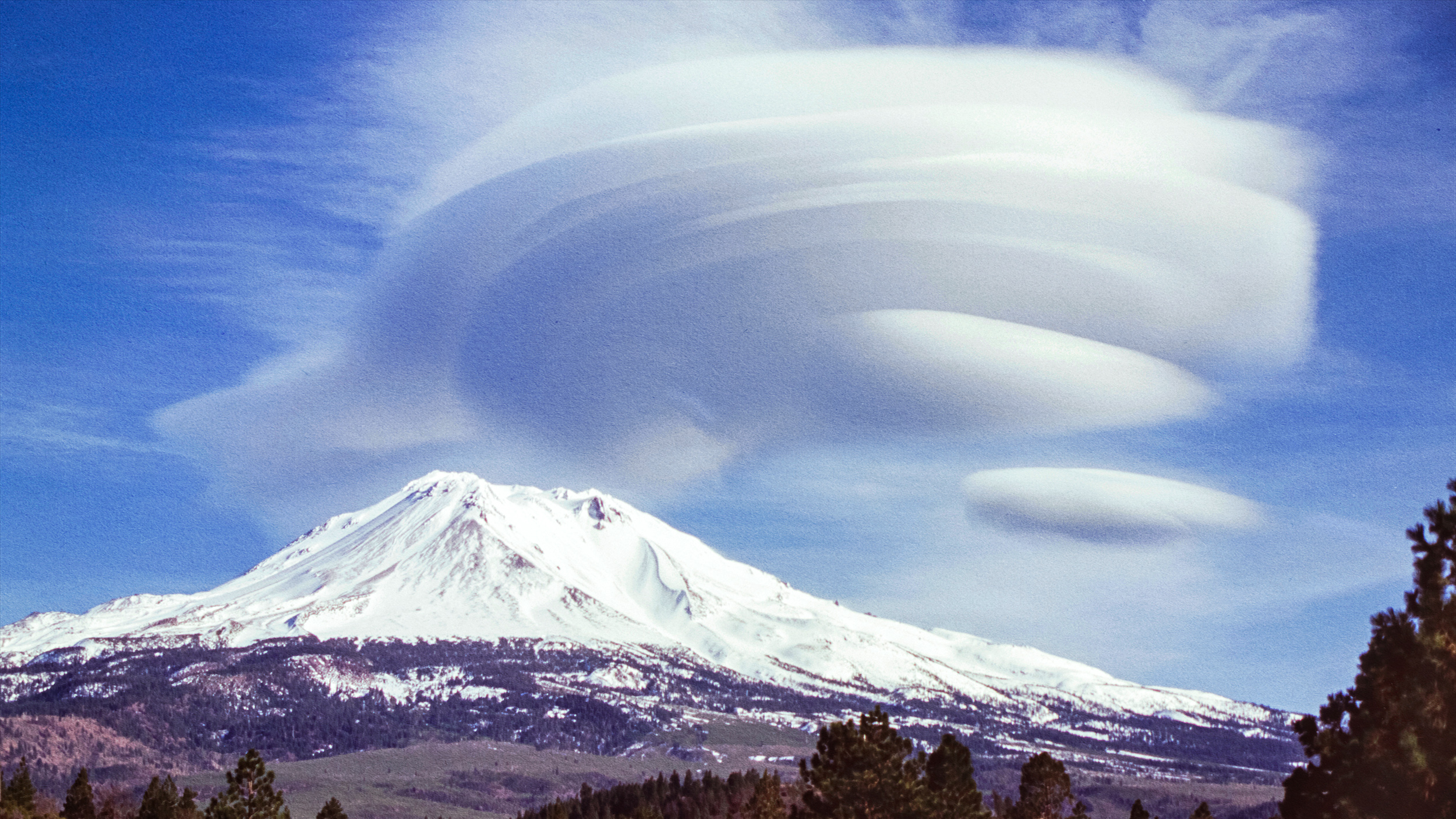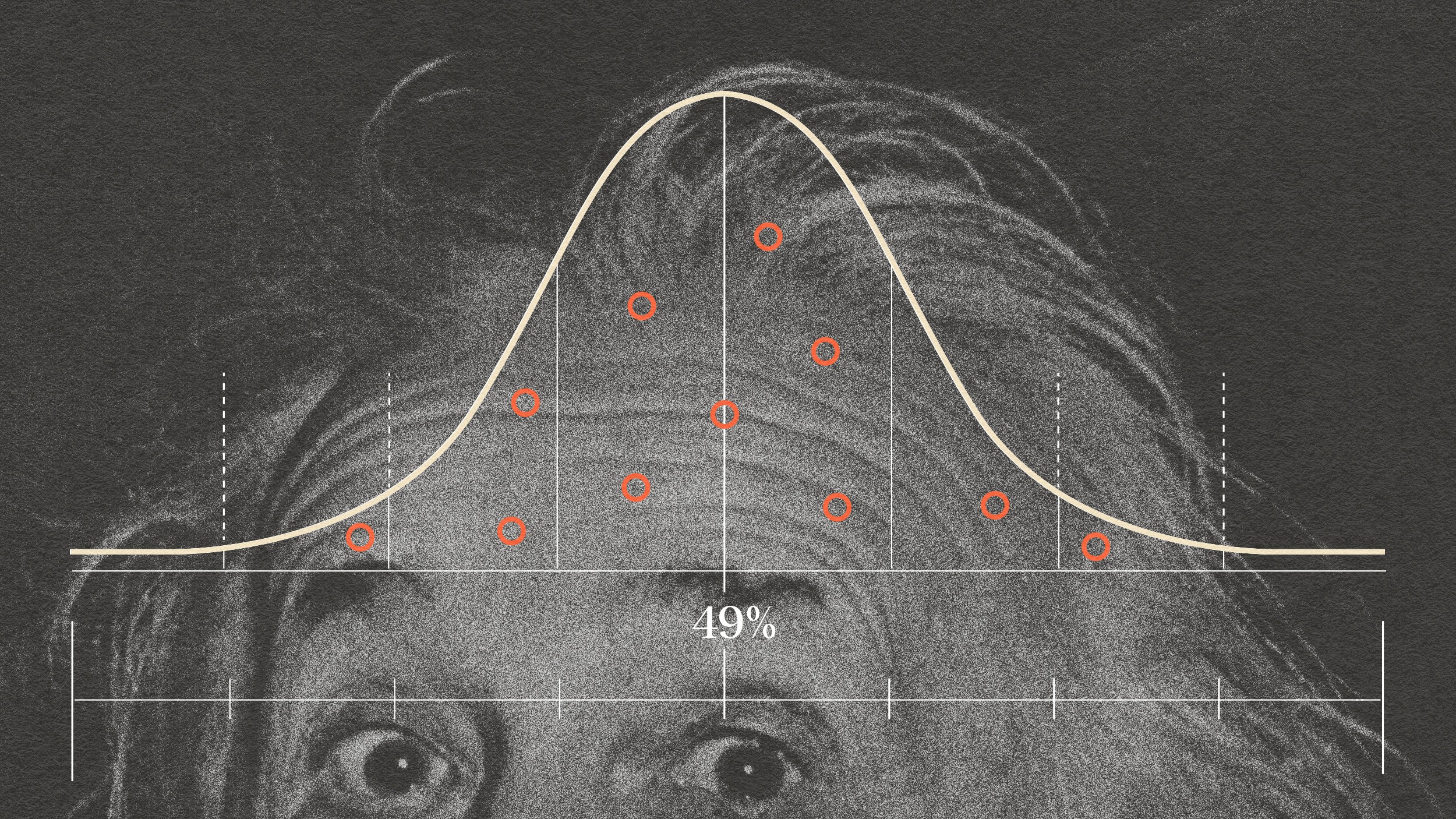UFO sightings: Why Mount Shasta is the new Roswell

Photo Credit: Shasta-Trinity National Forest.
- Unusual UFO-shaped formations were observed in the skies over Mount Shasta.
- These were actually lenticular clouds that often look like lenses or flying saucers.
- This volcano peak in California has long been the subject of conspiracy theories.
Mount Shasta in California has become a nexus of conspiracy theories and unusual events. One viral sensation from the area occurred on February 12, 2020, when people spotted a strange object in the skies above the potentially active 14,179-foot volcano peak.
Upon closer look, this was not an alien spaceship but a beautiful lenticular cloud, the kind that is often shaped like lentils or UFOs, depending on your perspective. It was so convincing, however, that the U.S. Forest Service had to deny its extraterrestrial origins in a statement.
Mount Shasta, in particular, has seen its share of lenticular cloud sightings, leading to its status as a new focal point for alien hunters much like Roswell, New Mexico. The latest UFO cloud quickly became a social media sensation, as you can see in these posts of the enigmatic formations:
Mount Shasta has also seen other unusual happenings, with a mysterious side hole that appeared over 10 years ago becoming the subject of a documentary. Its sudden emergence connected with local legends about a lost continent of Lemuria supposedly hidden under the mountain. This mythical kingdom would be there along with its capital city Telos.
The first thought of the documentary filmmaker Elijah Sullivan about the giant hole was that it was from people trying to find Lemuria.
“You’ll hear a lot of people talking about Lemuria, maybe even asking for directions,” he told KQED in 2018. “People make pilgrimages here — it’s like a New Age mecca.”
In 1987, the area was home to a New Age conference dubbed a “spiritual Woodstock”.
It is also known to be sacred to the Native American Winnemem Wintu tribe, indigenous to this area.





